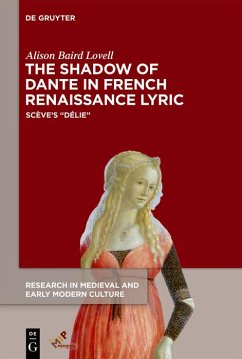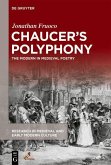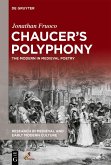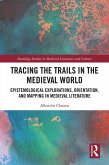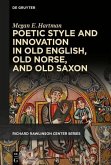This book presents an interpretation of Maurice Scève's lyric sequence Délie, object de plus haulte vertu (Lyon, 1544) in literary relation to the Vita nuova, Commedia, and other works of Dante Alighieri. Dante's subtle influence on Scève is elucidated in depth for the first time, augmenting the allusions in Délie to the Canzoniere of Petrarch (Francesco Petrarca). Scève's sequence of dense, epigrammatic dizains is considered to be an early example, prior to the Pléiade poets, of French Renaissance imitation of Petrarch's vernacular poetry, in a time when imitatio was an established literary practice, signifying the poet's participation in a tradition. While the Canzoniere is an important source for Scève's Délie, both works are part of a poetic lineage that includes Occitan troubadours, Guinizzelli, Cavalcanti, and Dante. The book situates Dante as a relevant predecessor and source for Scève, and examines anew the Petrarchan label for Délie. Compelling poetic affinities emerge between Dante and Scève that do not correlate with Petrarch.
Dieser Download kann aus rechtlichen Gründen nur mit Rechnungsadresse in A, B, BG, CY, CZ, D, DK, EW, E, FIN, F, GR, HR, H, IRL, I, LT, L, LR, M, NL, PL, P, R, S, SLO, SK ausgeliefert werden.
"[S]i Lovell montre dans son étude de façon convaincante que la poétique de Scève est par moments plus proche de celle de Dante, voire de celle de certains troubadours ou de poètes stilnovistes comme Guinizelli, cette proximité n'est jamais présentée comme une clé de lecture définitive, et c'est là l'un des grands mérites de cette étude aussi nuancée que prudente. [...] Lovell s'inscrit avec succès dans un courant de travaux récents qui cherchent à mieux comprendre la façon dont Scève reprend et modifie les traditions poétiques dont il s'inspire. [...] [L]'étude de Lovell confirme de façon convaincante que l'ombre de Dante, comme elle le dit si joliment, plane en effet sur Délie et sur la conception scévienne de l'amour et de la poésie."
(Thomas Hunkeler, in: Bibliothèque d'Humanisme et Renaissance. Travaux et documents LXXXIII, 2021, pp. 169-170)
(Thomas Hunkeler, in: Bibliothèque d'Humanisme et Renaissance. Travaux et documents LXXXIII, 2021, pp. 169-170)

